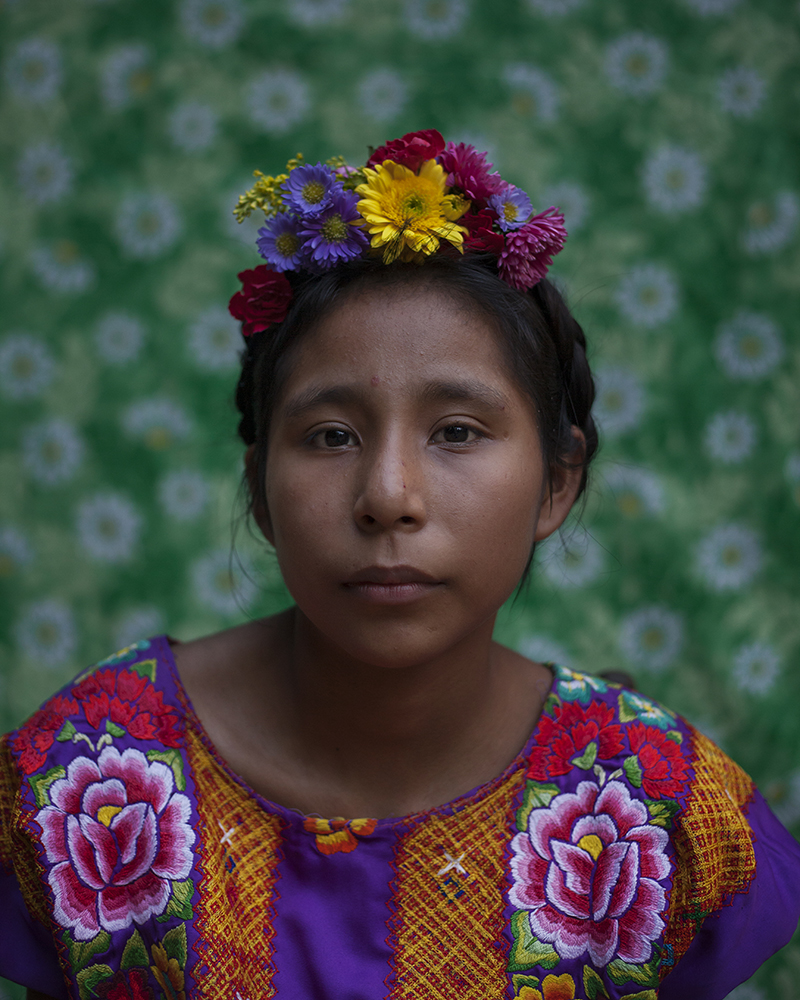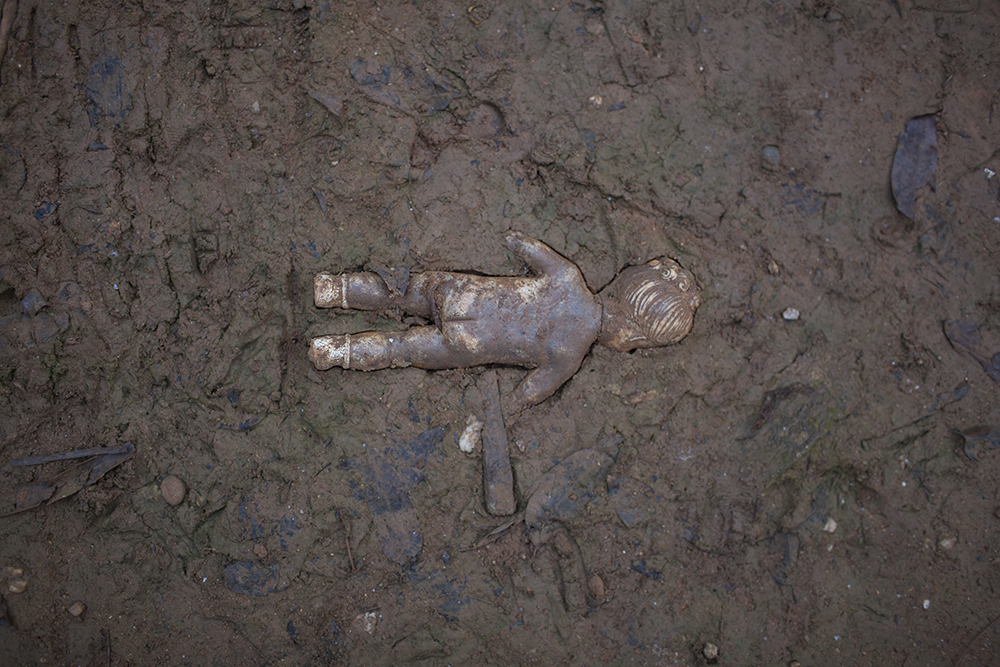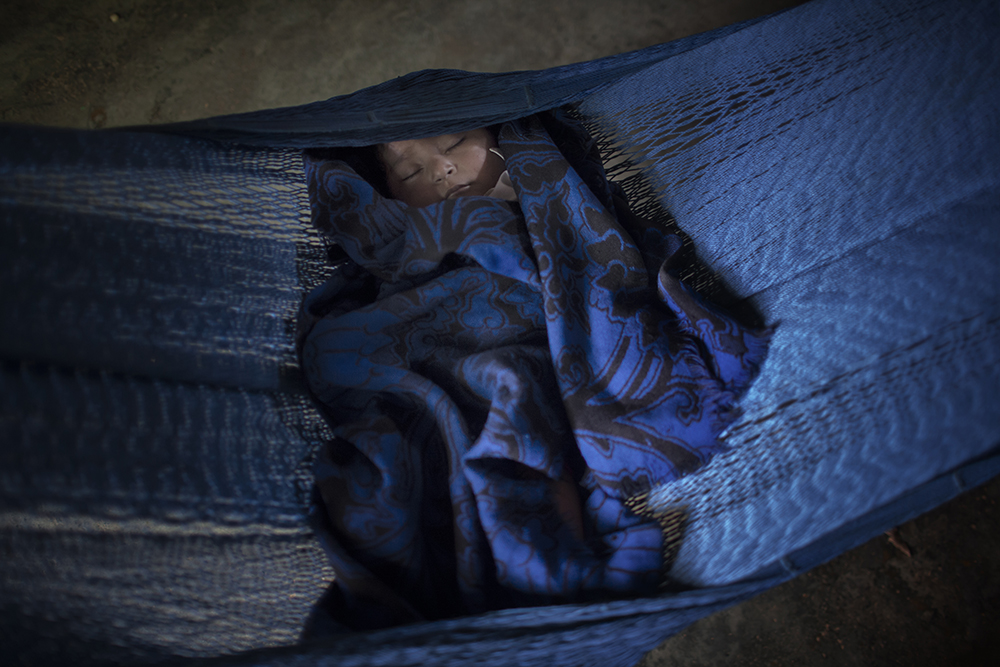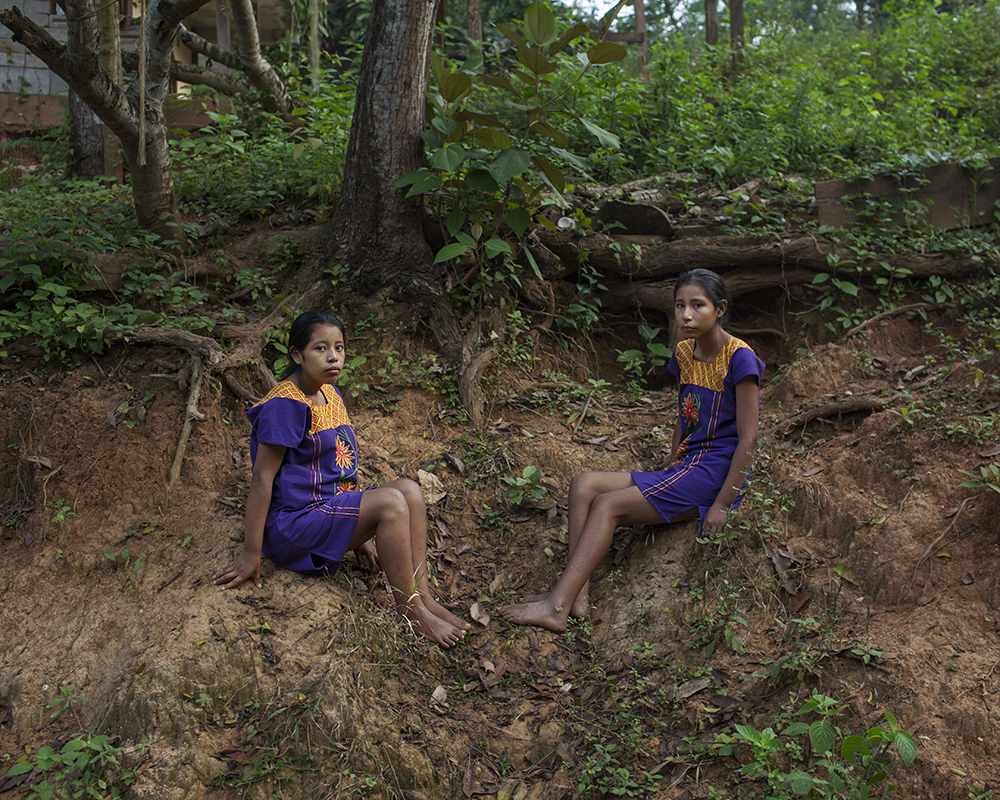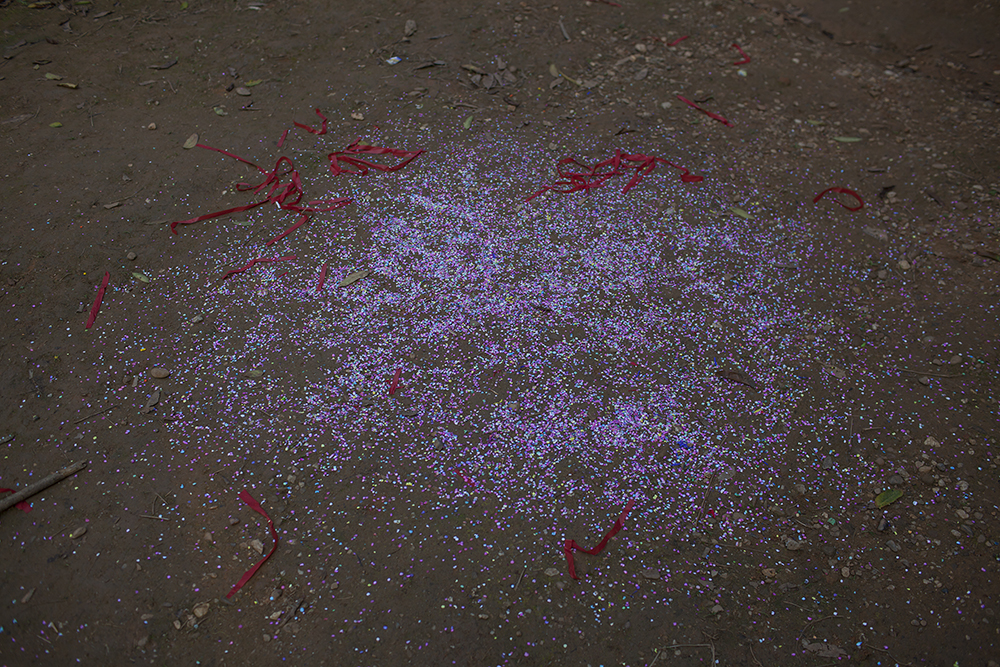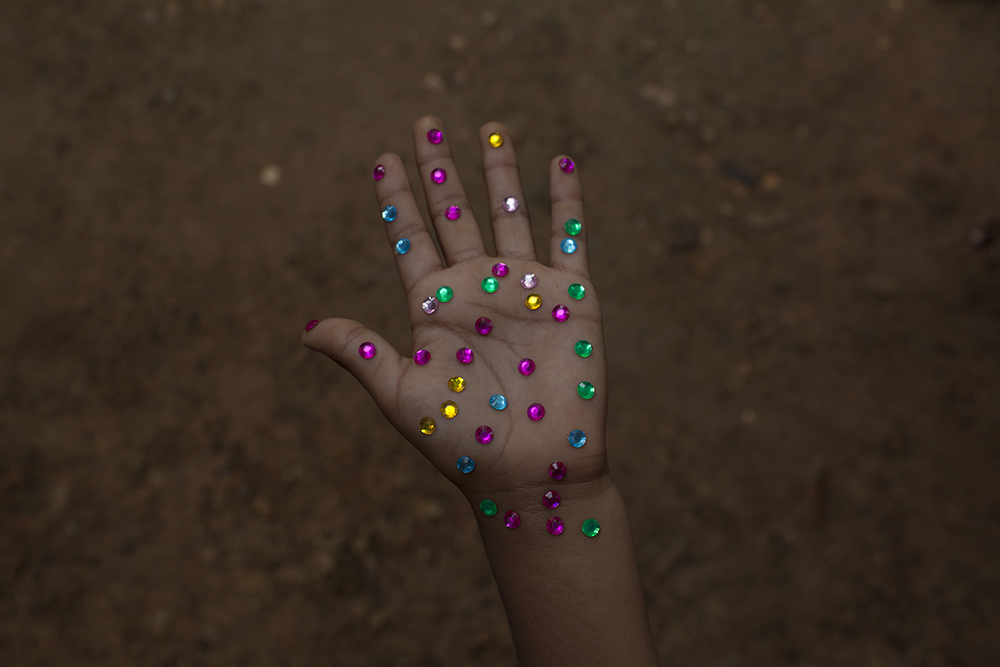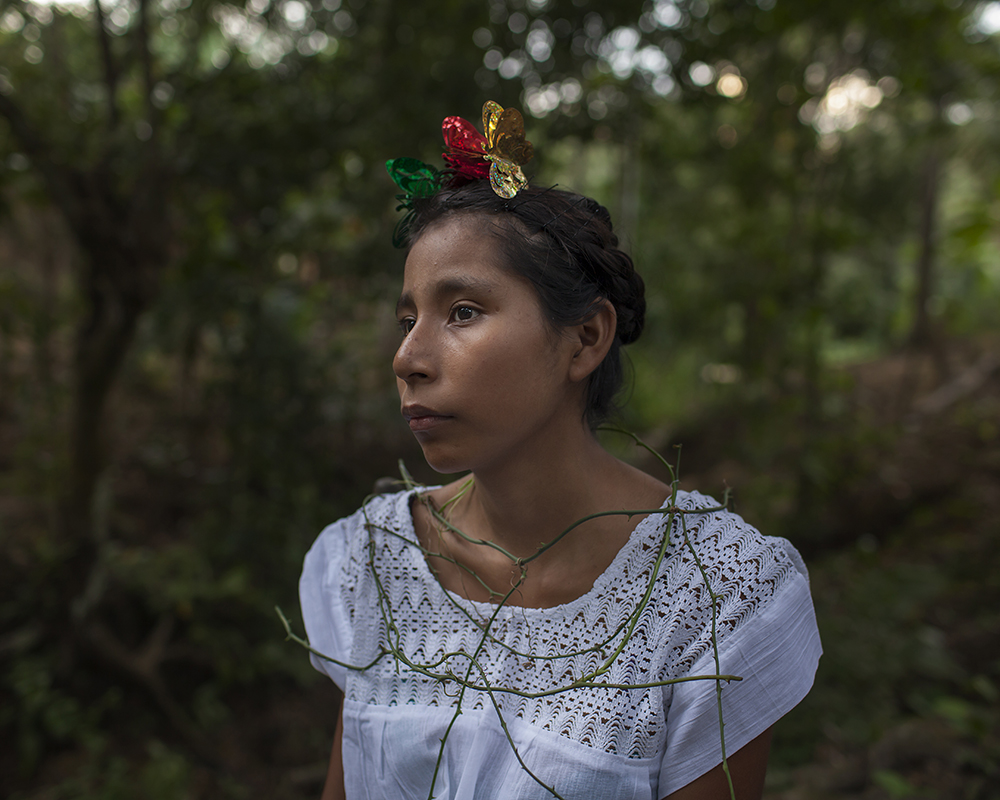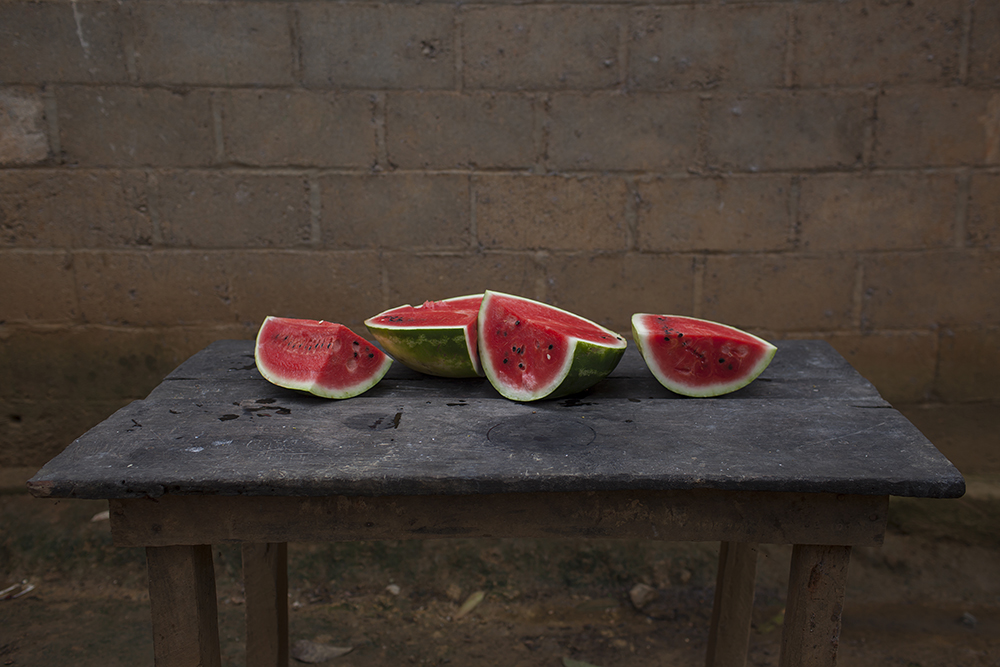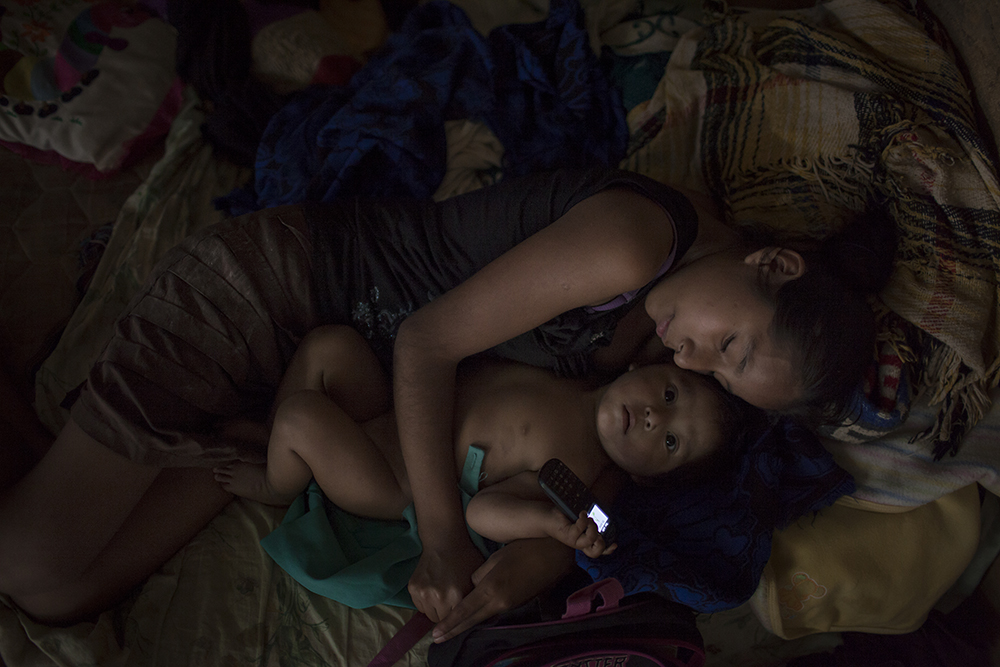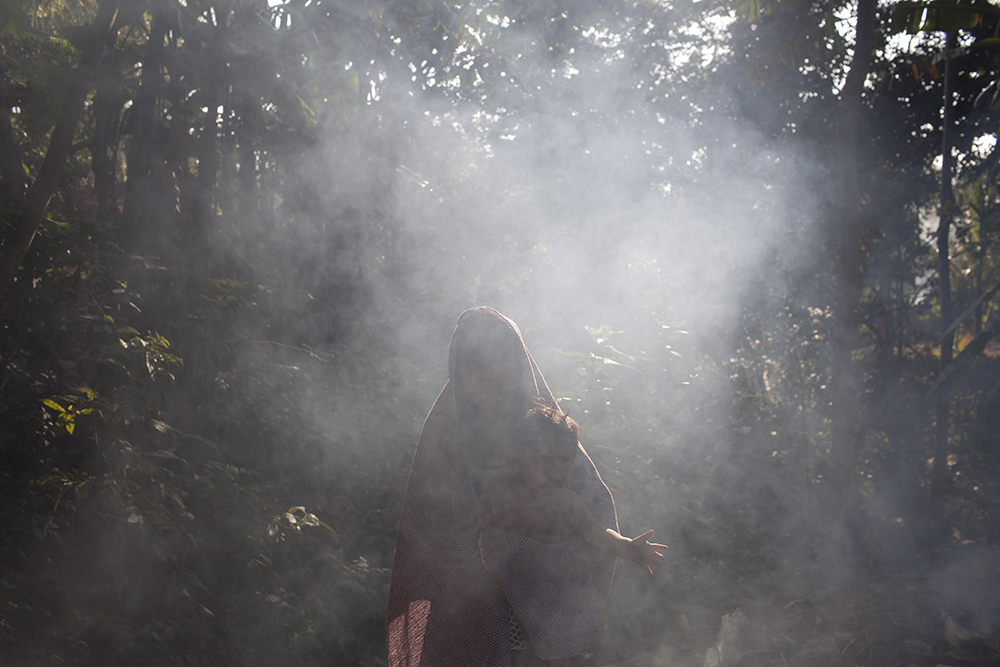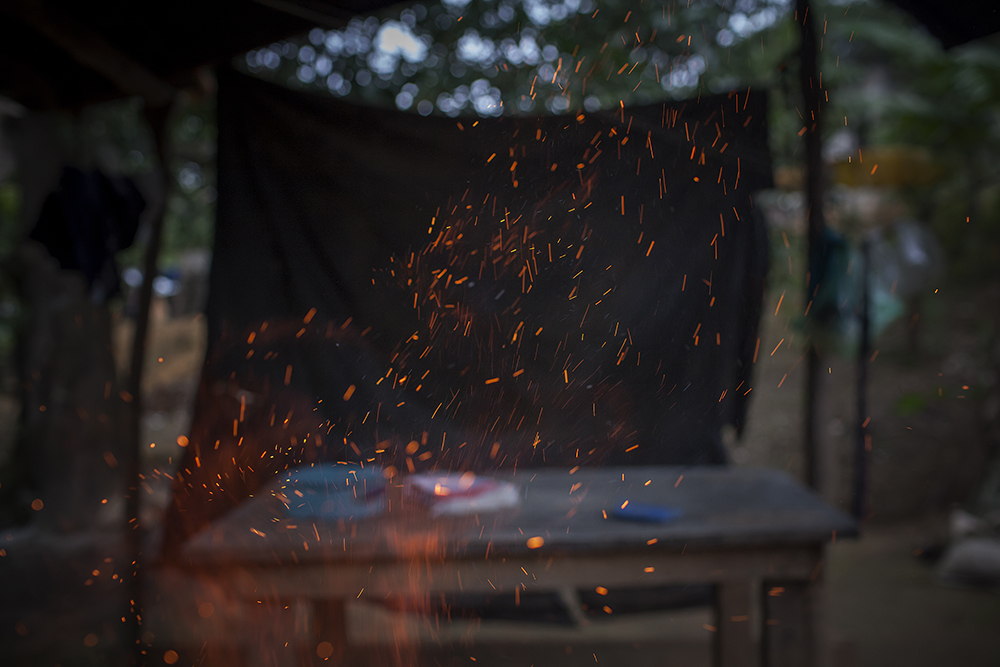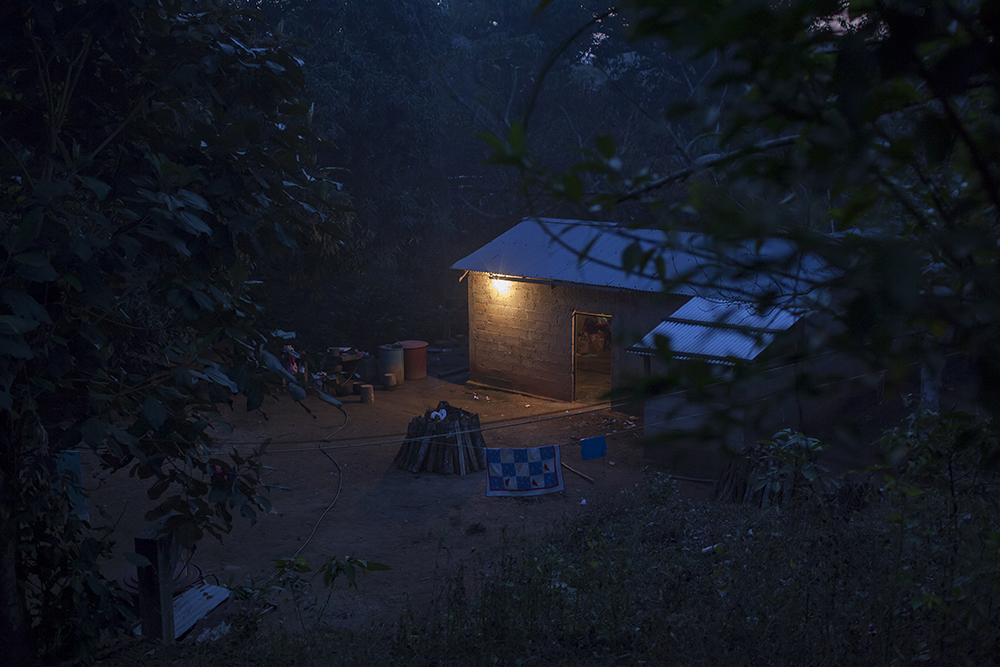Christian Rodriguez: A Mixe Flower
Christian Rodriguez has created a powerful photographic essay that captures the beauty and travesty of young women in Oaxaca, still children yet having children of their own. His portraiture and images speak to childhood activities, combined with images of new life, written narration, and detailed research resulting a haunting project about young women in Mexico.
Christian Rodriguez began his visual education at the “Taller Dellioti” of fine arts, studying several techniques of drawing and painting (1993-1999). His first photography courses realized in “Dimension Visual” and “Foto Club.” Between 2004 and 2005 he worked as a camera operator on VTV channel, (Uruguay). From 2006 to 2008 he joined the newspaper El Observador (Uruguay). He has worked with news agencies such as AFP, AP, and Reuters. In 2006, while covering the Israel-Hezbollah conflict in southern Lebanon, Christians work starts to focus on the topic of daily life and its surroundings. In 2007 he studied fashion design at the school “Pablo Giménez” and the beginning of 2007 his work was represented by Win-initiative (stock image) in New York. In 2009 after he won the grant “Roberto Villagraz” he moved to Madrid (Spain) to study MA Documentary Photography in EFTI, winning the “Premio Futuro” for best student of his generation (2009). In 2011 was nominated for the Joop Swart Masterclass. His work has evolved towards documentary photography, focusing his gaze on the lives of women, looking closely at everyday stories of the characters. His interest is to show the modern, everyday women and their environment. Christian Rodriguez explores themes related to gender and identity, working with communities all over the world.
Christian’s work has been published in different international media such as The New York Times, National Geographic, The Guardian, The New Yorker, The Washington Post, El Mundo, Yo Dona, Esquire, La Nación, El País, Pagina 12, ABC, El Observador, Lento, among others and his work has been exhibited in Uruguay, Mexico, Brasil, Guatemala, El Salvador, Honduras, Nicaragua, U.S., Spain, France, Italy, UK, Portugal, and Cambodia. In 2013, Christian won “El Nuevo Talento FNAC de Fotografia” Spain. He directs SAN JOSE FOTO International Photography Festival in Uruguay, gives lectures and workshops based on his personal projects, and is a contributor to Bloomberg News and VU Agency. Christian is a member of PRIME collective.
A Mixe Flower
Gloria Rafael Valentin (13) belongs to the Mixe Community of Maluco, a small village in the north of the “Itsmo de Tehuantepec,” Oaxaca. She lives with her mother and eight of her ten siblings, who are between four and 20 years old. Gloria became mother at the age of 12, consequence of the constant sexual abuse of her father who has also attacked two of her sisters, aged eight and 16.
The house where they live has only one room in which they all sleep distributed along the floor and two hammocks. Next to their home, there is another room used as kitchen and storage, where they prepare tortillas and beans. Every day the youngest of the family – Hector (four years old), Kevin (six years old), Yoruidi (seven years old), Joana (nine years old) and Alvaro (11 years old) go to the village to school. Meanwhile, Gloria, Guadalupe (her 17-year-old and six-month-pregnant sister) and her mother stay at home working in the production of “totopos,” small corn tortillas cooked in firewood oven. They start their working day at 5 am, sometimes at 2 am if they have more “totopos” to do. Firstly, the mother grinds corn, and then Gloria and her sister make and bake the “totopos,” from dawn until sunset. Gloria’s son is ten months old and he still has no name, they just call him “bebé.” She had to leave school to work and take care of her baby.
According to the United Nations Population Fund (UNFPA), Latin America is the only region in the world where the number of teenage pregnancy is still increasing. Mexico has become a worldwide leader in teen pregnancy. One every two adolescents who have begun their sex life between the ages of 12 and 19 gets pregnant. Each year, more than 11,000 babies whose mothers were between ten and 14 years old by the time of delivery are born.
Rubicelia Cayetano, from NAXWIIN NGO, has worked with such realities and has faced many similar situations. In a report on teenage pregnancy in Mixes communities she says: “When parents find out that their daughter had sexual relations with her boyfriend and that she is pregnant, or that she has been raped, they ask the youth to get marry or ‘repair the damage’ through money compensation, for which they put a price. However, if the girl was victim of sexual abuse, the importance of receiving psychological care is rarely considered. Even in some cases it has happened that the girl’s parents decide to give her daughter to the rapist to live with him for having dishonored them, regardless of what the girl feels or thinks; and thus, she is treated like an object at the disposal of the others.”*
Mexico’s director of United Nations Population Fund (UNFPA) Leonor Calderon Artieda, analyzes some issues and solutions in relation to teen pregnancy:
“There is certain standardization and blaming to the girls. It is often said, that ‘the girls nowadays are too precocious, looking to relate at a very early age.’ We have a high vulnerability zone of girls between ten-14 years old. It is a social group that has almost no voice or conscience of the things that are happening. There is a very high percentage of pregnancies that are consequence of abuse. We believe that a child under 14 has no ability to authorize and consent a sexual relationship, but in many cases it is the clear result of sexual violence, and incest. Another element that we have observed is that the fathers of the babies double or triple the age of the mother, which reveals it is not a relationship of equals. There must be judicial measures. A crime that continues its process of normalization and has no consequences, is the greatest incentive for these situations to keep on happening.”
“Not staying in school is a pre-pregnancy status characteristic. The ‘justification’ is what we call ‘usos y costumbres.’** One of the practices employed as ‘usos y costumbres’ is to offer the girl’s family an economic compensation from her future husband, whose marriage is arranged directly with the parents without the agreement of the girl. Society has to know that a long time ago the International Conference on Human Rights of Vienna decided not to admit any more a cultural practice as justification of the non-exercise of a fundamental human right. For Mexico and the Latin American countries it is a fundamental human right to complete the basic education cycle, so we have the obligation to avoid any cultural practice that could limit that right. In many cases, it has to do with the absence of a life project that could give a hope or encouragement to continue on their studies.”
“Teenage pregnancy is an issue. The statistics talk about the unwanted teen pregnancy but for me the wanted pregnancy is also a problem. That makes a 14 or 15 year-old-girl to want to be pregnant even when having opportunities that could allow her to become a productive person in society and develop her potentials. If your life project is selling tacos and gorditas at the corner with your mom you would rather go with the first one that comes to get you. If your life project is to make a career or accomplish a dream, that is the best contraceptive in the world: when you are convinced that what you want to have in life is achievable, not an illusion that you will never achieve. Having a life project is a very important element.”
Why does not descend the number of teenage pregnancies?
“The persistence of adolescent pregnancy continues talking about a gap in gender equity, a gap that still shows the remains of traditional roles and in the acceptance that their body is a vehicle for other things. Maternal mortality speaks of a gap in the exercise of women’s rights. There is little autonomy and ability for making decisions. If we keep on working on empowering girls at very early ages in the achievement of true equity in decision-making, we will also have equity in life projects. The day in which life projects for boys and girls become quite similar, teen pregnancy will decrease.” ***
* Rubicelia Cayetano Cap. Teen pregnancy among Mixes women. Rights, sexual and reproductive health among indigenous youth: Towards building a necessary agenda. Paloma Bonfil S. (Ed.) Edited by AC GIMTRAP
** In Mexico, it is informally known as a system of customs the way of self-government practiced by many indigenous population municipalities in order to regulate the life of the community.
*** Interview with Leonor Calderon Artieda United Nations Population Fund (UNFPA), Mexico.
Posts on Lenscratch may not be reproduced without the permission of the Lenscratch staff and the photographer.
Recommended
-
Paccarik Orue: El MuquiDecember 9th, 2025
-
Lauri Gaffin: Moving Still: A Cinematic Life Frame-by-FrameDecember 4th, 2025
-
Dani Tranchesi: Ordinary MiraclesNovember 30th, 2025
-
Art of Documentary Photography: Elliot RossOctober 30th, 2025
-
The Art of Documentary Photography: Carol GuzyOctober 29th, 2025

